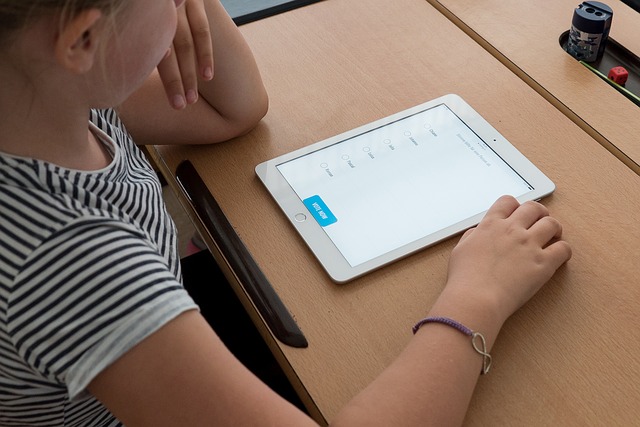Sign up for our daily edtech news briefing today, free.
As the chief technology officer at Santa Cruz County Office of Education in California, my teams and I faced many challenges when the COVID-19 pandemic hit — but we also found some silver linings. For example, we witnessed significant advances on the communications front as our schools turned to technology to help them create stronger, more meaningful connections with their students’ families and with the community as a whole.
Now that districts are shifting back to hybrid and in-person learning, what technology practices will remain for the long haul? These six are high on my list.
Distributing devices to students
Schools should continue the practice of distributing devices and hot spots to students — particularly to those who are economically disadvantaged. This allows every student to complete schoolwork with a reliable device and internet access, and it gives parents a chance to stay connected with their child’s school and teachers.
Offering virtual meetings
Schools should livestream important meetings so a higher percentage of families can take part. Parents find it easier to join Zoom than to physically drive to school for an in-person event. This is just one of many reasons schools will continue to offer virtual access to PTA and board of education meetings and other key gatherings where decisions are made.
Giving families a remote learning option
While students typically have to be present in the classroom for funding purposes, schools also should consider maintaining a remote component for students who thrived during the pandemic. As we venture into another school year, it’s essential to continue reshaping school systems to work for all students. This could involvef long-term hybrid or asynchronous learning, both of which require having the right technological resources in place to support the specific learning scenario.
Accelerating technology adoption
When the pandemic surfaced, many individuals were reluctant to change but didn’t have a choice, thanks to school closures and a rapid shift to remote learning. This baptism by fire created a change in mindset that made many educators comfortable with the new technologies. Because the former tech resistors no longer exist, schools can continue to leverage their digital pioneers who embraced pandemic technology advancements to advocate for future tech improvements.
Increasing cybersecurity
Remote learning scenarios that require students and parents to access more cloud-based services come with inherent risks and vulnerabilities. Post-pandemic, schools should continue to maintain memberships and best practices for security and privacy; ensure their vendors are protecting their data; proactively train users; and create greater governance of all school-to-home communications.
Using data to drive decisions
Tech communications tools such as the ParentSquare platform give schools full insight and reporting into who they’re not reaching. This data enables them to quickly identify those families and reach out to them in alternate ways to see if they need assistance with broadband access or other technical support. As we move forward, this technology also can be used to conduct annual registration processes and information audits; ensure that communications are accessible by school staff and teachers; and analyze results to pinpoint what works and what does not.
With the new school year just around the corner, tech leaders are examining what they’ve learned over the last 15 months and holding on to the positive components. With varying learning scenarios, that means using equitable technology that meets parents where they are and allows them to receive communications when and how they want.
While you can’t reach every parent through a single communications channel, the basic tenets of success are the same regardless of the delivery method: Schools should keep the messaging brief; include hyperlinks for those who want to learn more; empathize with parents and their needs through a continuous needs assessment on communications strategy; and work to support two-way conversations for more personal and equitable school-to-home communications.
Jason Borgen is chief technology officer at Santa Cruz County Office of Education in Santa Cruz, Calif., a district that uses ParentSquare technology.
________________________________________________________________
Like this article? Sign up for our Edtech news briefing to get news like this in your inbox, or check out all of SmartBrief’s education newsletters, covering career and technical education, educational leadership, math education and more.
More from SmartBrief Education:
- Using gamification for assessments
- Teacher-approved online math resources
- Adjusting lab learning in a post-pandemic classroom
- Distance learning while respecting students’ home lives
- 8 ways to make vocabulary instruction more effective
